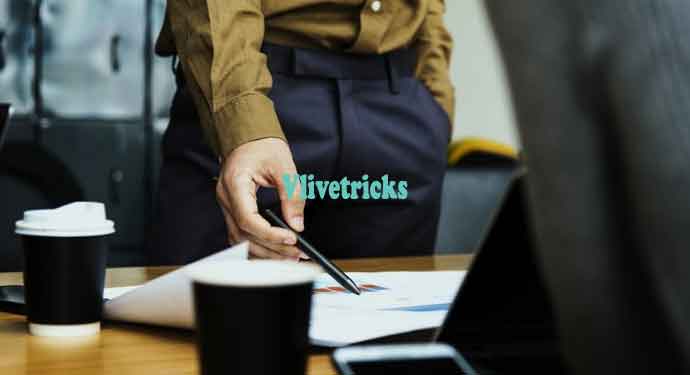Template design pattern advantages and disadvantages
Business owners with some years of experience are aware of the benefits of templates Design and use them to the fullest. Entrepreneurs may have so much to do when setting up their companies that might oversee the importance of creating documents templates.
The stage of compiling it should come right after essential brand elements are completed. As soon as graphic designers and copywriters set up the brand’s final name, logo and tagline, you should consider the documents you need to set up and their templates.
Template design pattern benefits
Template design pattern benefits , advantages and disadvantages. How template design pattern improves work and increase flexibility, creativity.
What Do You Need Templates Designs for?
Technically, document templates are suitable for any form of written communication that don’t require a lot of personalization. You can write templates for any company internal and external documents. Even such documents can be personalized according to your industry’s specifics and other requirements. You are advised to research and find two templates for essential business documents and adjust them as per the company’s main needs.
These types of documents are mainly beneficial for:
- Product or service supply/selling contracts.
- Confidentiality contracts.
- Collaboration contracts and exclusivity agreements.
- Meeting minutes.
- Invoices and receipts.
- Legal agreements.
- Policies and procedure manuals.
- Mileage and expenses logs.
- Expenses and accounting spreadsheets.
- Offering and presentation emails.
The above are just a few examples of the company documents that might require templates Design. There are also specific documents for your industry and invitations and invitations or letters you need to adjust for each occasion. Below you can see the benefits of using such options in your everyday activities.
Simplify the Document Development Process
Imagine that you must compile the first contract your company ever signs with a supplier or customer. You need time for research to see how it looks like and what information it should contain. Then, you spend a few hours compelling the contract, then wait for someone to edit it.
The above process can take over four hours and might lead to insecurities regarding the documents’ content. Having a template simplifies the process and saves you both money and time. If you own a small company which just begins its activity, you save even more hours.
Keep Proof of Your Activity
Company document templates Design can save you from phone conversations, business meetings and even civil trials, if a customer states that you didn’t keep your promise. Templates stand as written and official proof of your discussions with external collaborators.
It’s best if a business lawyer proofreads your document templates. Once they establish templates Designs as valid, you can consider them official drafts for the company. Such flawless drafts can be used for years in business external relations.
Reducing Errors
According to a study, some of the most common errors that people notice are syntactic mistakes in Retail and Logistic industries. Yet, such errors can be corrected and avoid additional work. Having typos, grammar or phrasing mistakes in your contract can have two consequences – clients either fail to contract you or you need to further convince them of your products/services quality.
As per the template Designs, the contracts and agreements you sign will not contain any mistakes that might jeopardize your company’s image in front of partners and clients. Moreover, the overall communication with customers will improve and their satisfaction rates. By using email Patterns, you make sure that you ask clients the critical questions that help you determine the problem they might be facing. You can also easier return to previous correspondence and see how you’ve addressed other situations.
Ensure Company Consistency
Business communication is a skill that each manager should master, regardless of their company size. Templates Designs can include a standard header with your company’s logo and contact details. They will also look similar to provide an overall coherent message of your business. Such an aspect ensures that your company is well-perceived by document receivers.
Templates usually keep language succinct and only provide space for key details. Patterns are also adjustable if customers want more information to be included in the document. However, all your templates Designs will have standard Pattern ,layout, look and feel. These also work as B2B marketing tools, even if you didn’t consider any campaigns yet regarding your company.
How to Store and Use Company Document Templates
Having a template design helps you avoid keeping altered or incomplete documents. You know where to look for a signature, so you can easily track a missing or double one. You can also check blank spaces easier and determine if they’re filled correctly. However, company document templates also need storage and maintenance.
- Add dates and numbers of the document entries and keep track of them on a spreadsheet – you can also create a template for this one.
- Store the document templates on a cloud or shared platform that other interested employers can access and use, if necessary.
- Create a system that allows you to approve each use of such templates to monitor the company’s activity.
- Designate an assistant to check templates and adjust them, if necessary, once every few months.
Wrap Up
Company document templates Design can work efficiently in both everyday situations and specific occasions. They help you provide quick answers to prospects whenever they plan to become clients. Templates Designs also help you improve negotiation techniques and have detailed and productive business conversations with customers and partners even before you sign contracts.
There are many to say about document templates. They are usually present in companies’ regular activity folders. Many managers use them every time they have the chance and compile new ones when they identify specific situations. Make a list of all the documents you might need, research to see what a template should include and compile such documents for each occasion!

